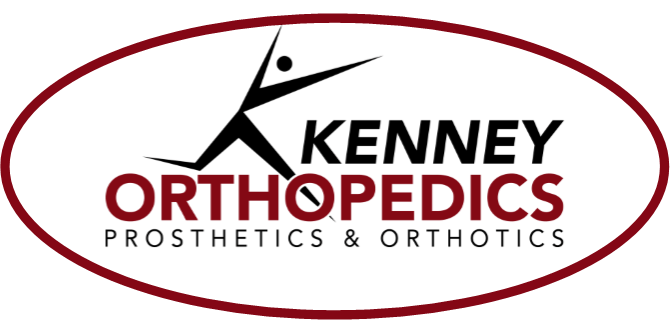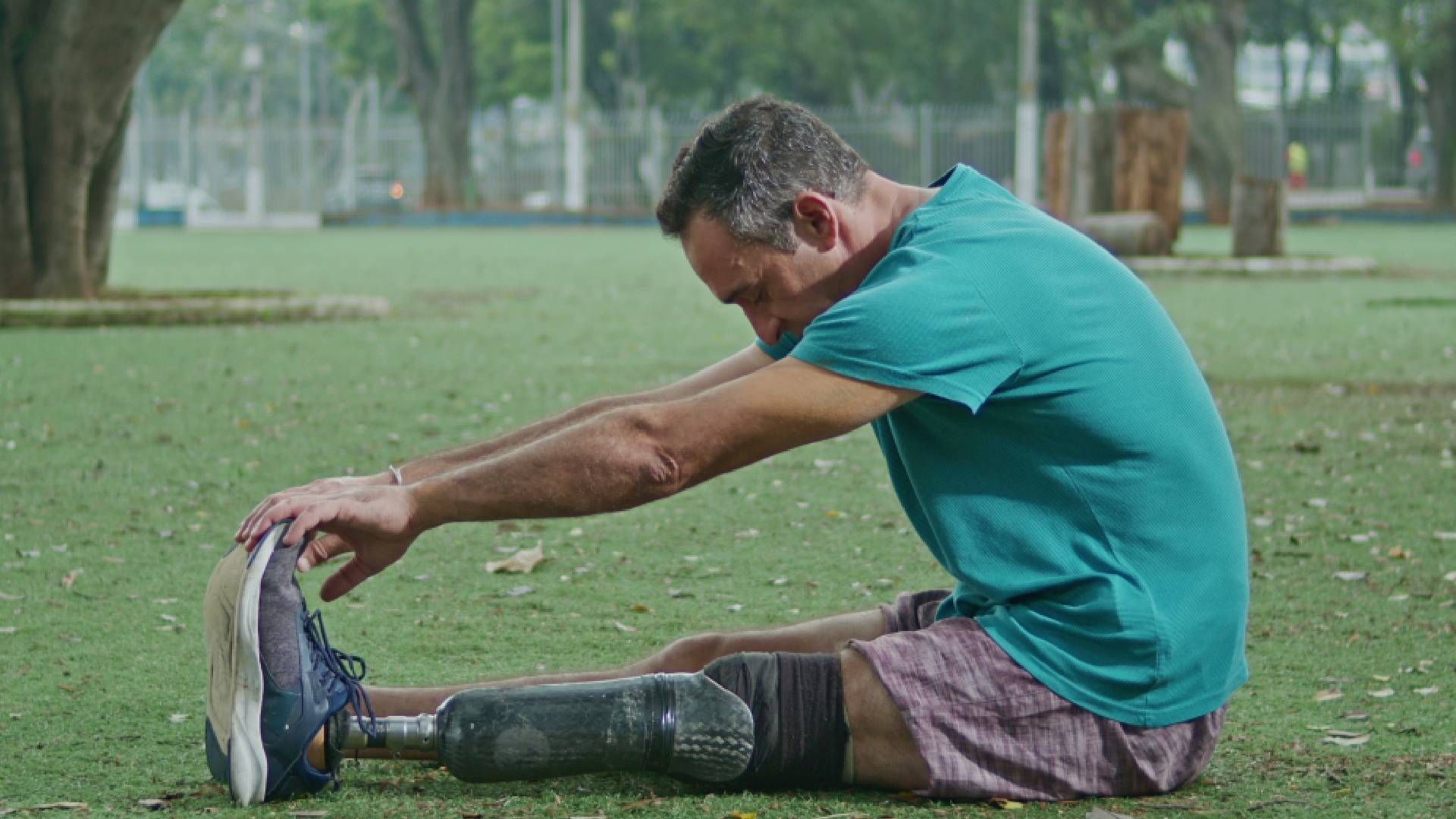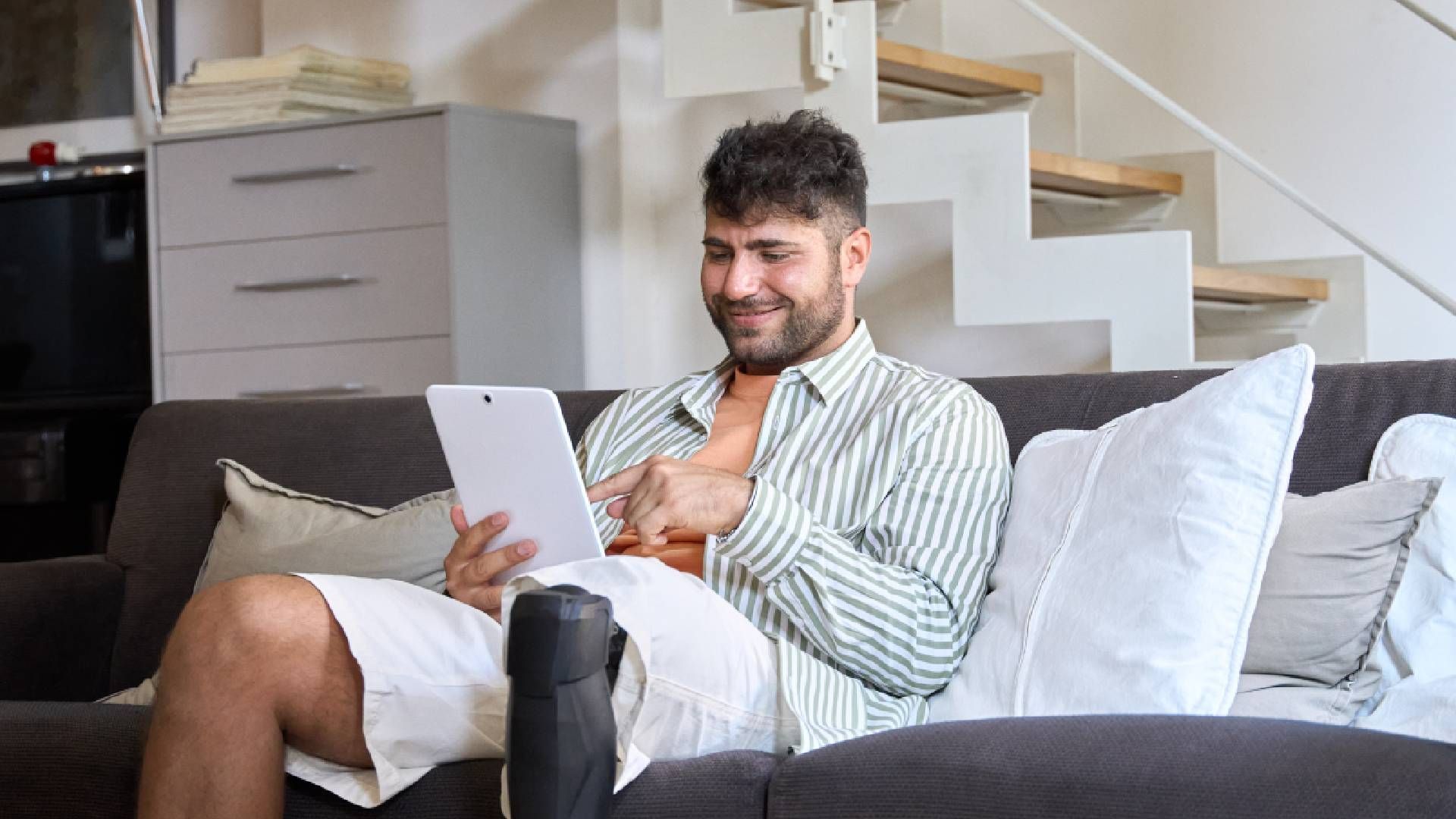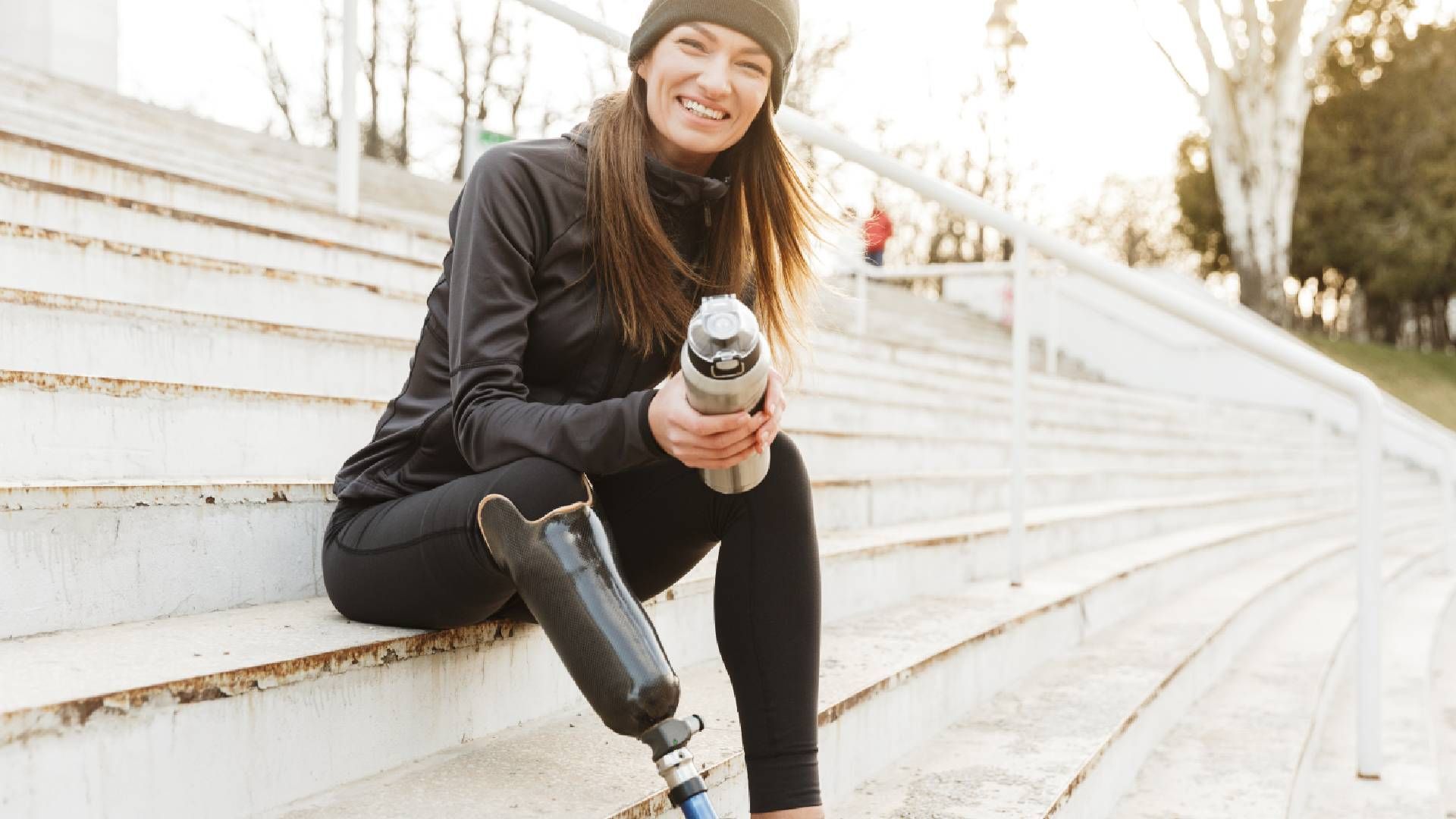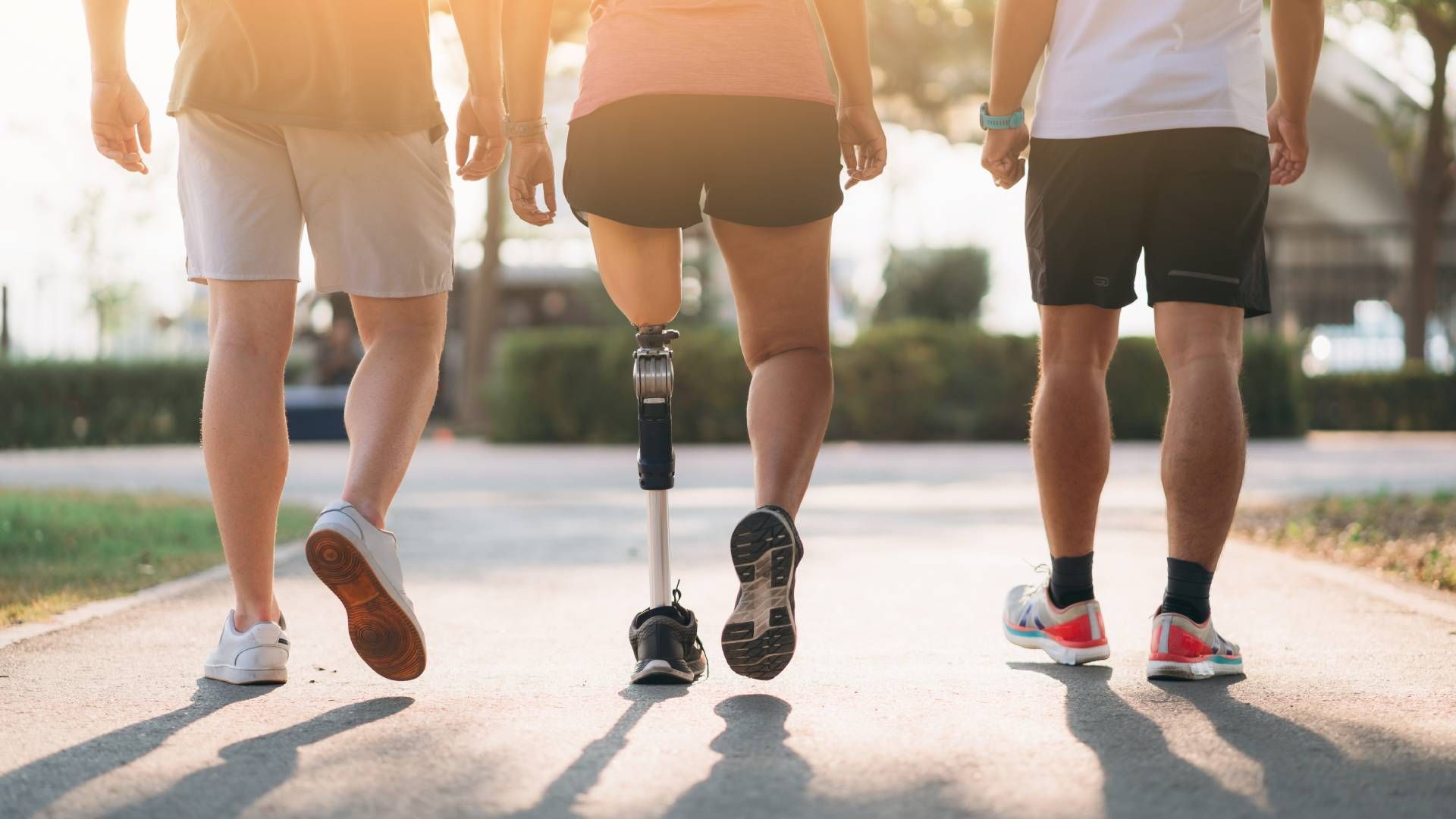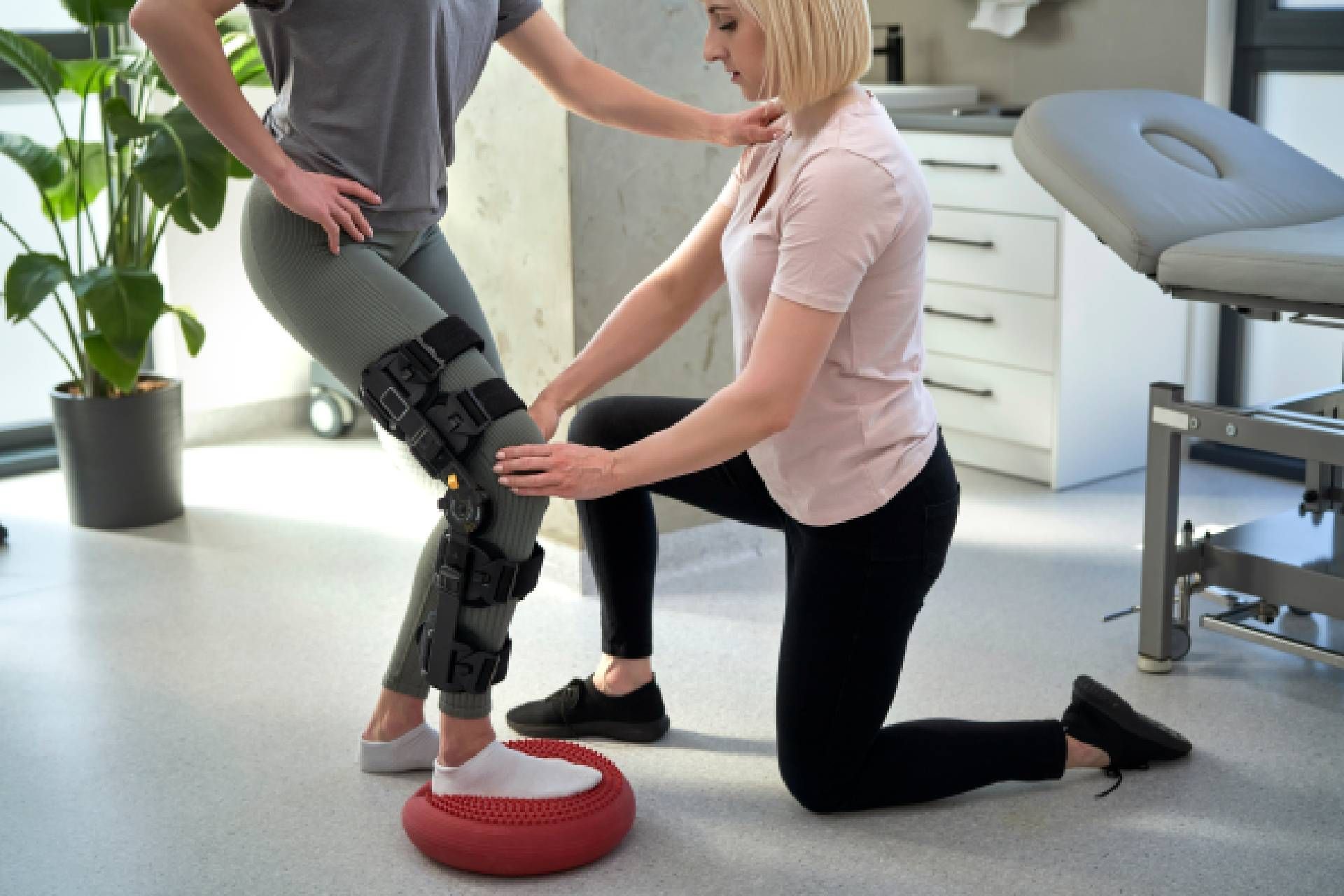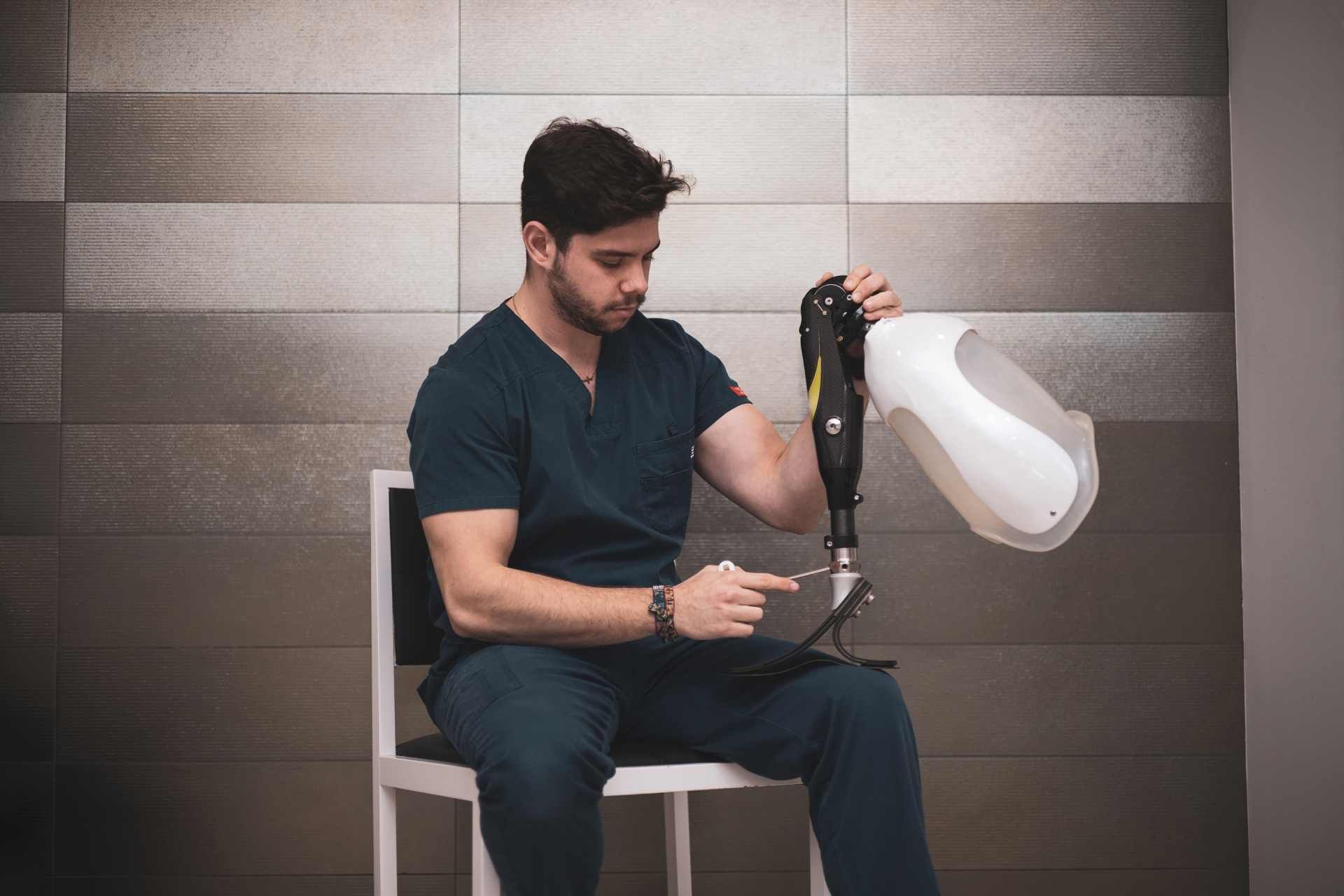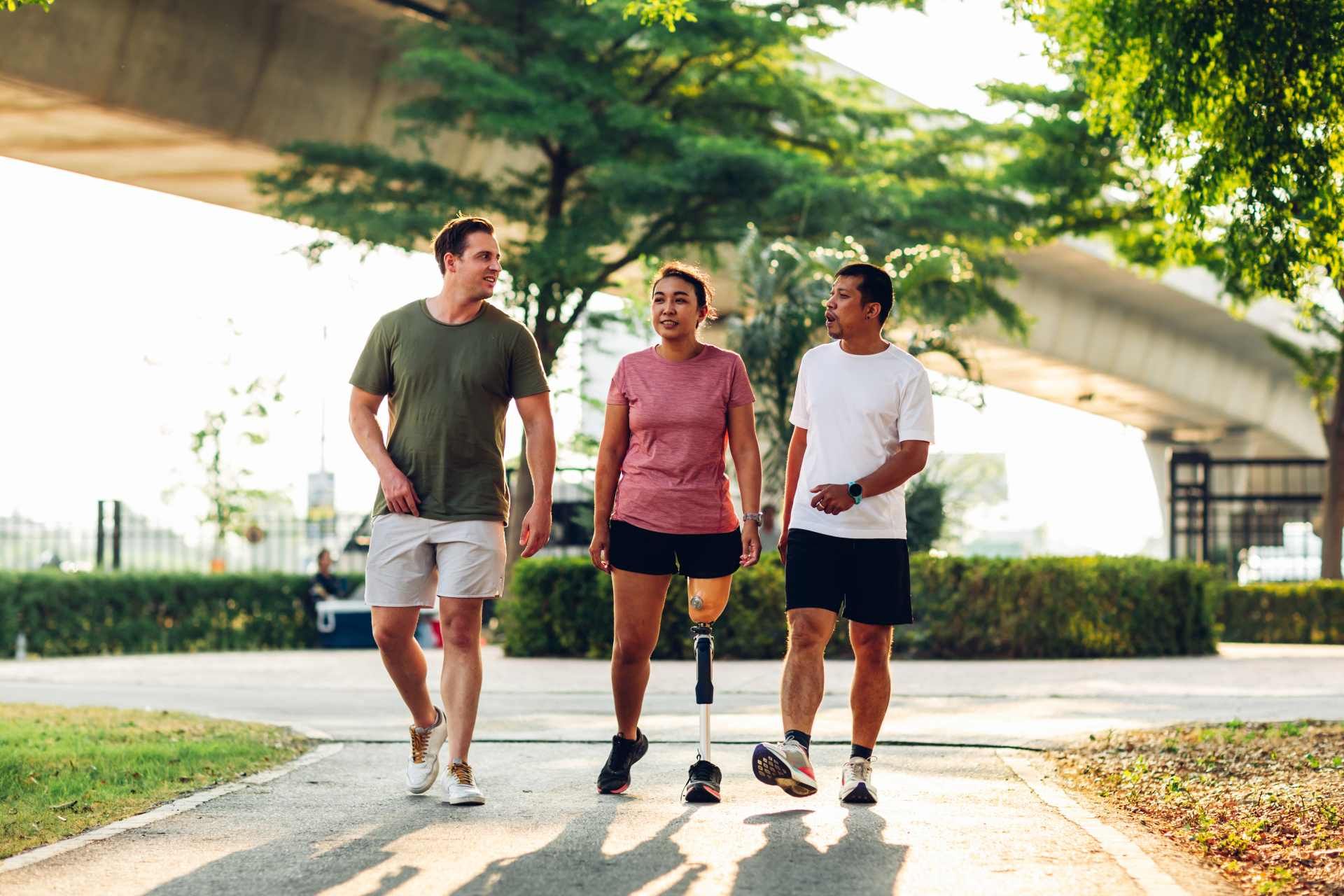Hearing that your baby might need a cranial remolding helmet can be shocking news. It's important to have a clinical team on your side to help you understand the process and work through your family’s unique journey. The team at Kenney Orthopedics is here to help you understand the basics of a baby helmet and answer some of the most common questions that parents have from “Why do babies wear helmets?” to “Do baby helmets hurt?”
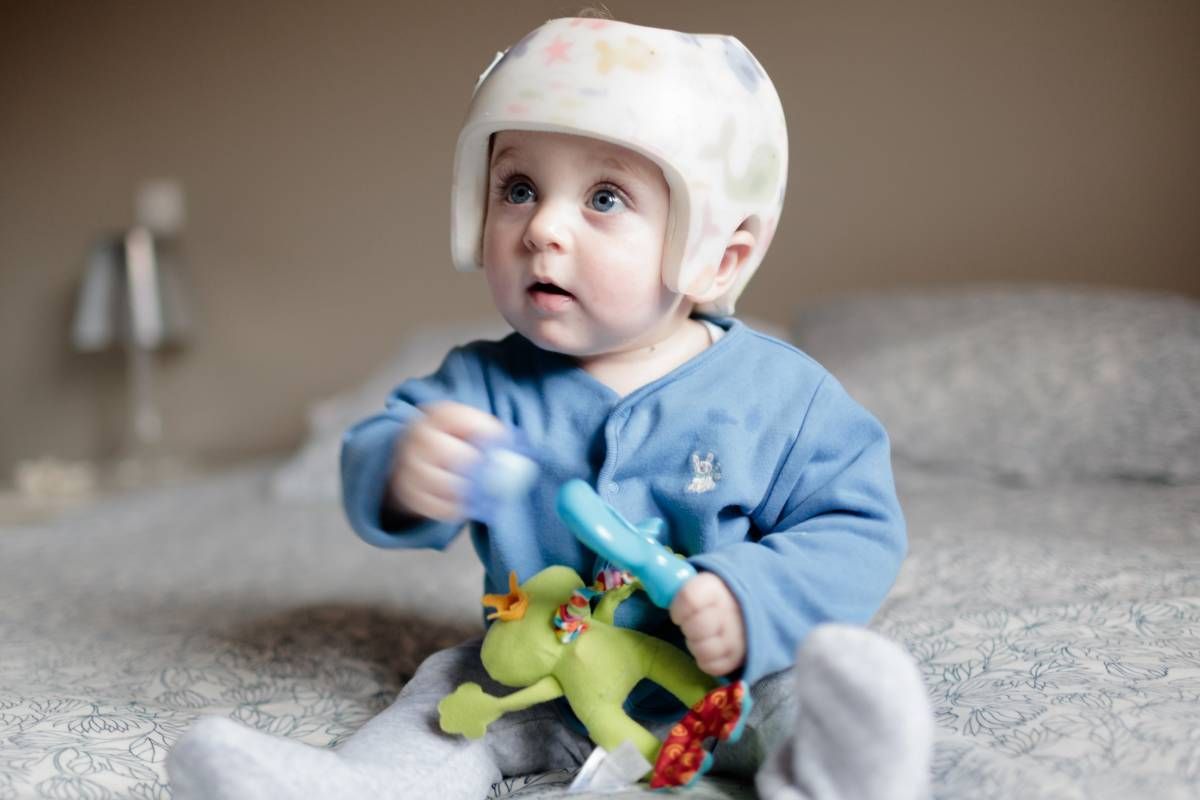
Why do babies wear helmets?
As an infant’s skull develops, we may see irregularities in shape for a number of reasons. These differences do not necessarily indicate any developmental differences for the child and are often purely cosmetic—but extreme cases may lead to jaw malalignment or ear problems during development. The visual markers of the 3 most common cranial shape abnormalities include:
- Plagiocephaly: Flattening in one area of the back of an infant’s head resulting in an asymmetrical cranial shape.
- Brachycephaly: Central flattening of the back of an infant’s head resulting in a proportionally wide cranial shape.
- Scaphocephaly: Flattening of the side of an infant’s head resulting in a proportionally long cranial shape.
How do cranial remolding helmets work?
Cranial remolding helmets work by directing the natural growth of the skull. By leaving space to allow for growth in flat regions and providing gentle contact to inhibit growth in prominent areas, the helmet encourages growth into a more symmetrical and round shape.
Do baby helmets hurt?
No, cranial remolding helmets do not hurt the wearer. There is an initial breaking-in period where the infant needs to become accustomed to wearing a helmet, but it is not a painful process. Cranial remolding helmets simply take advantage of the natural growing process to encourage a more symmetrical shape.
How long do babies wear cranial remolding helmets?
While there is no set timeline for treatment, there are some general guidelines that most cases fall into. Typically, a baby will begin wearing a helmet between 4 and 8 months old, and treatment will continue for 3 to 6 months. In severe cases, the baby may need to wear a helmet longer for optimal results. The helmet is no longer effective when the openings of the skull close, which typically happens by 18 months of age.
When can I take the baby helmet off?
It is recommended that babies wear their helmets 23 hours a day, with a one-hour break for hygiene. However, there might be reasons a baby helmet would come off outside those general times, including when the baby is in water (like during bath time or for swimming) or when the child has a fever.
Do you have more questions about cranial remolding helmets?
Reach out to our pediatric prosthetic and orthotic specialists at Kenney Orthopedics to learn more about the use of a baby helmet and what to expect for your child if they need this therapy. you!
Kenney Orthopedics has locations in Kentucky, Indiana, and North Carolina. Contact us today to speak with a member of our team to find a specialist near you who can answer your questions, schedule a fitting, and work with your family to find the perfect cranial remolding helmet for your child.

